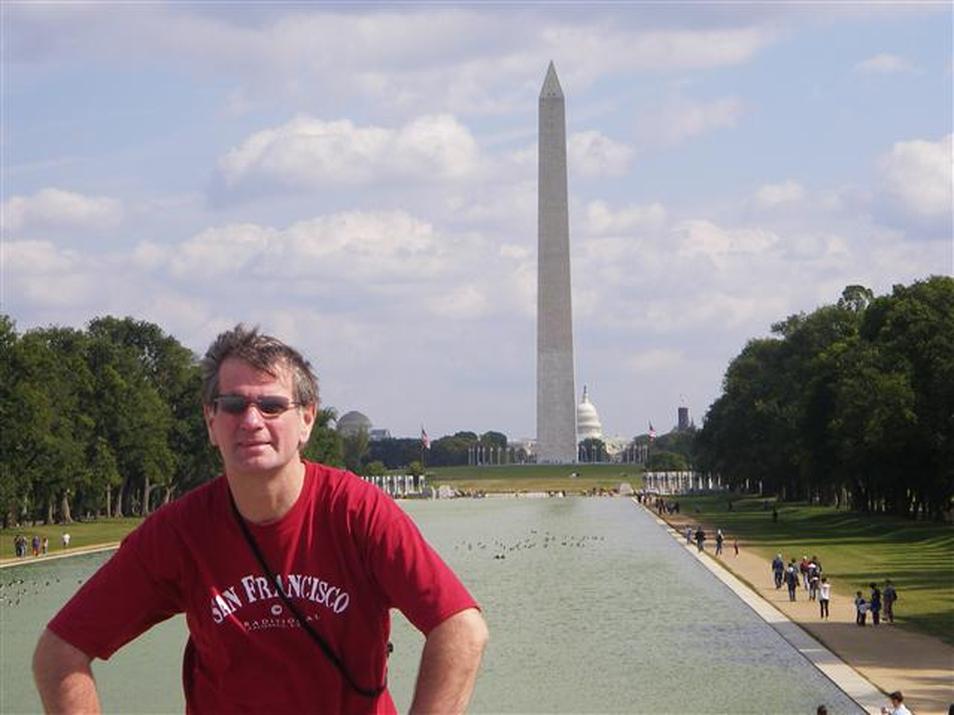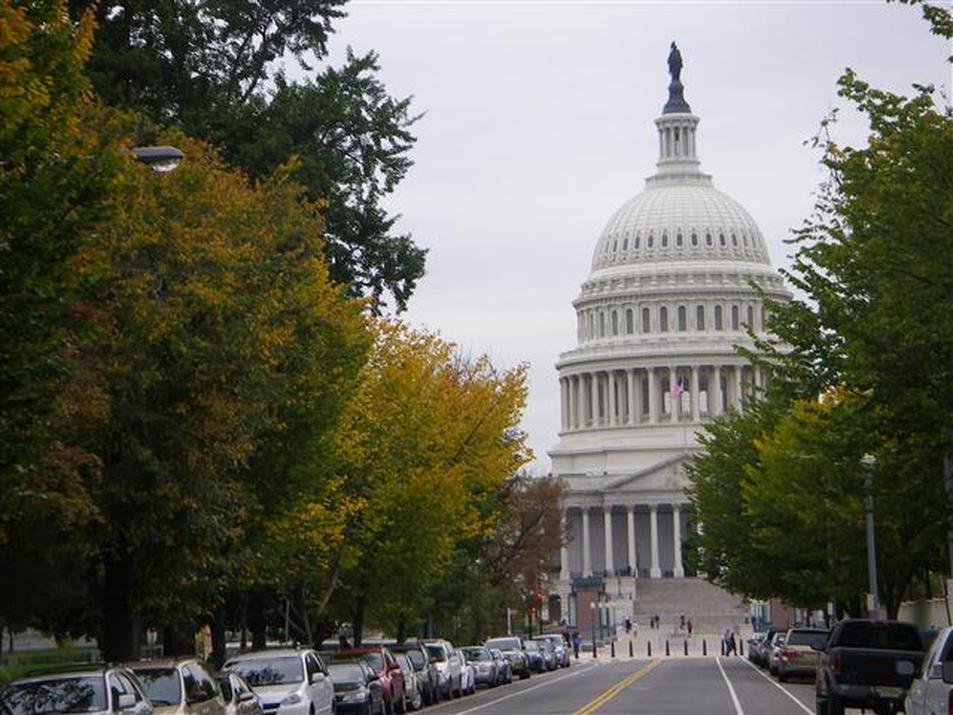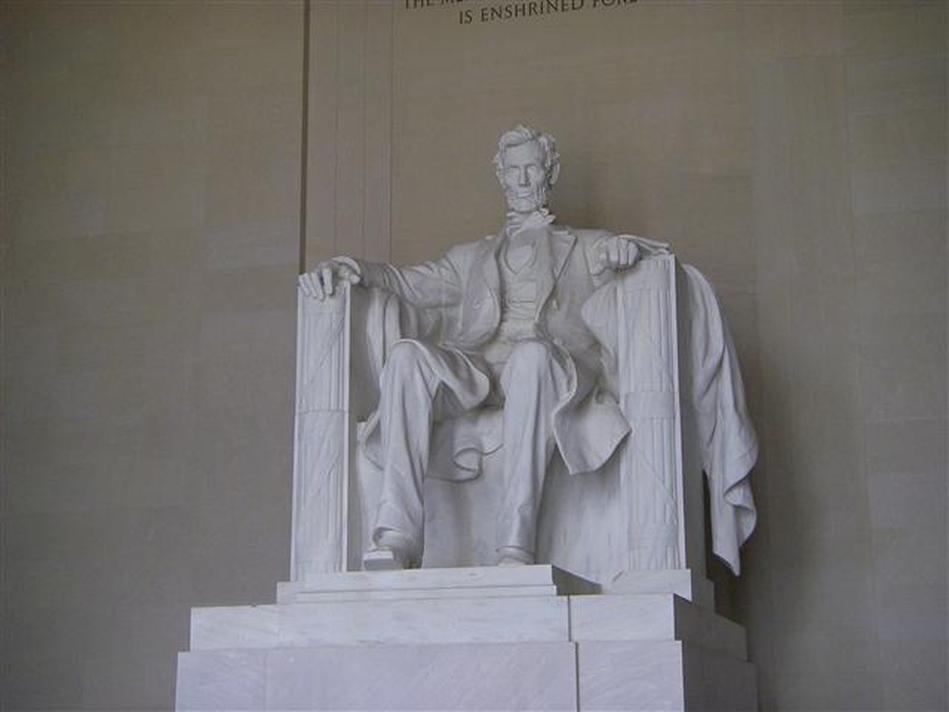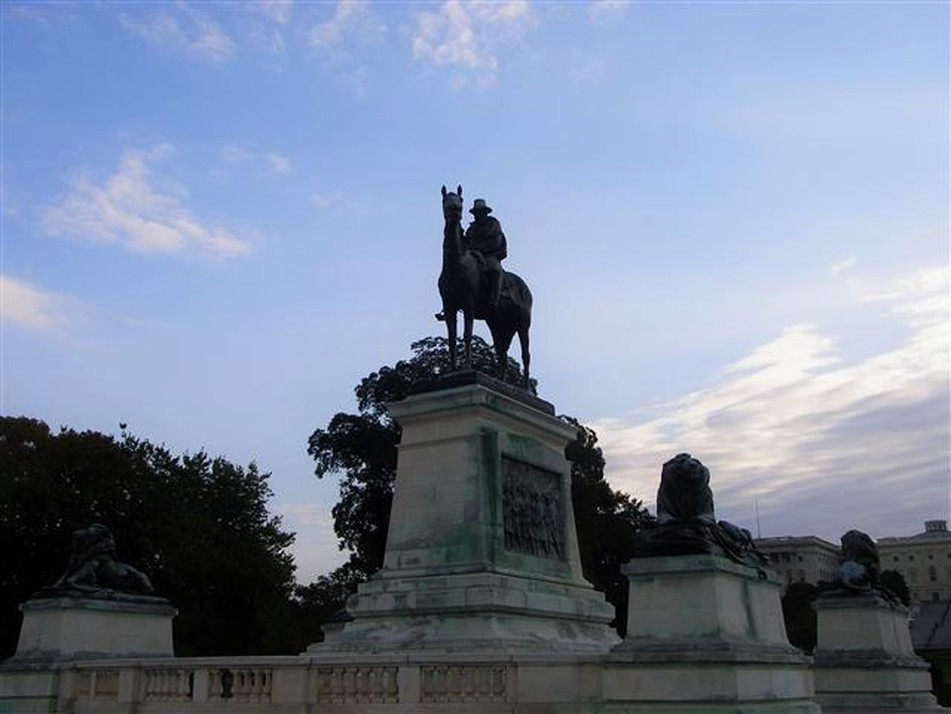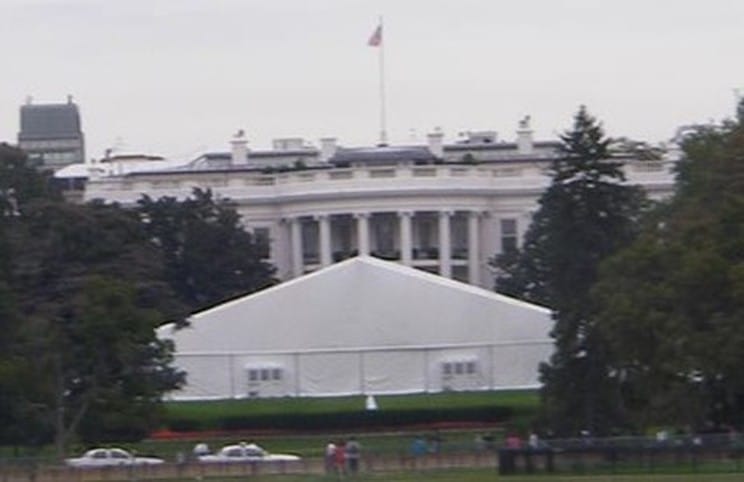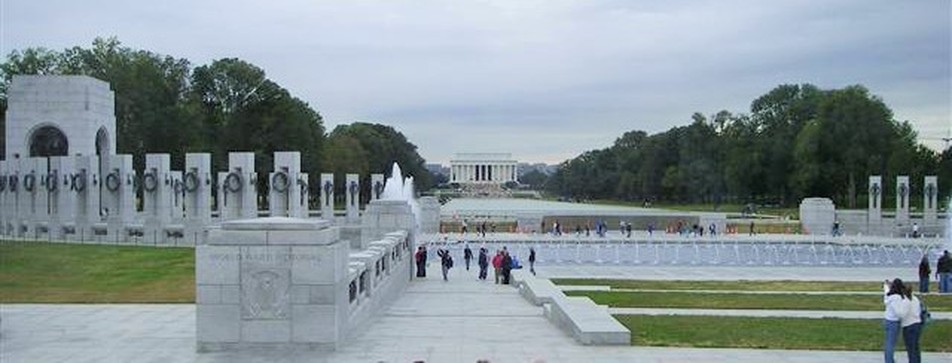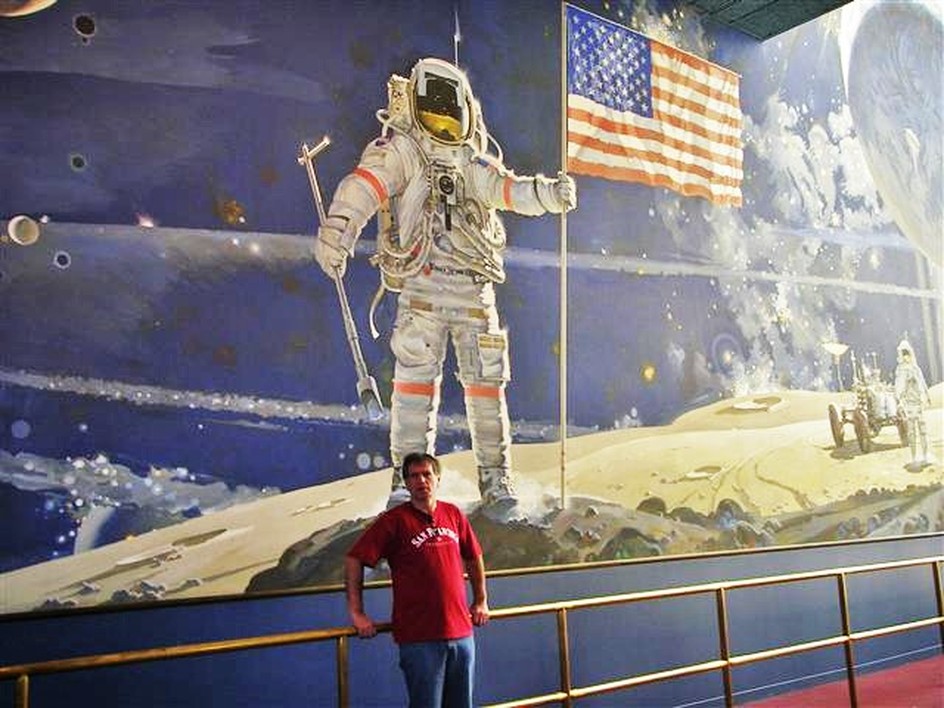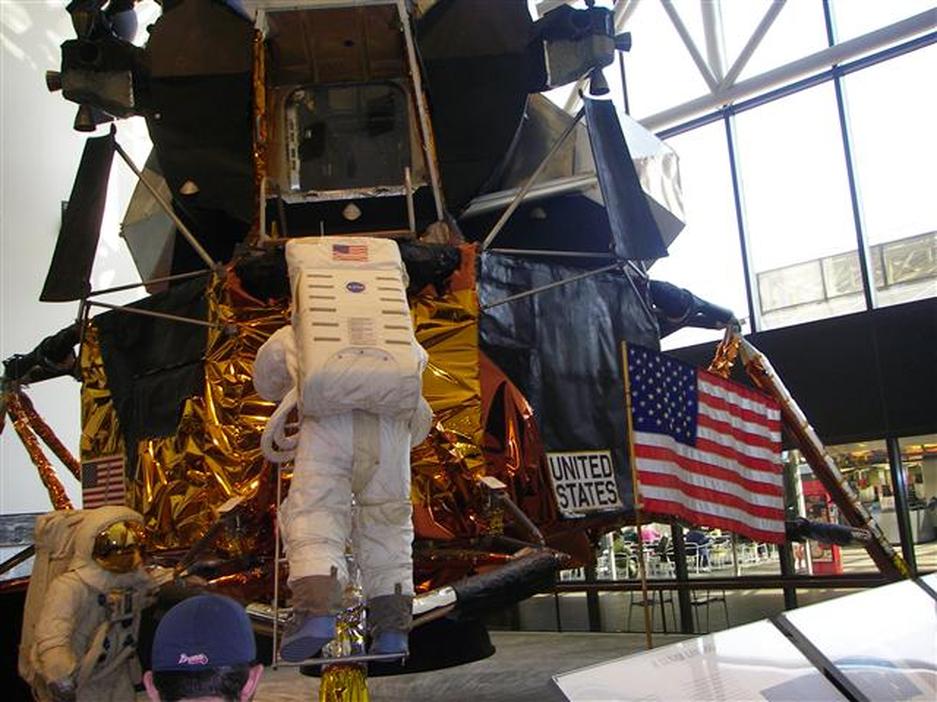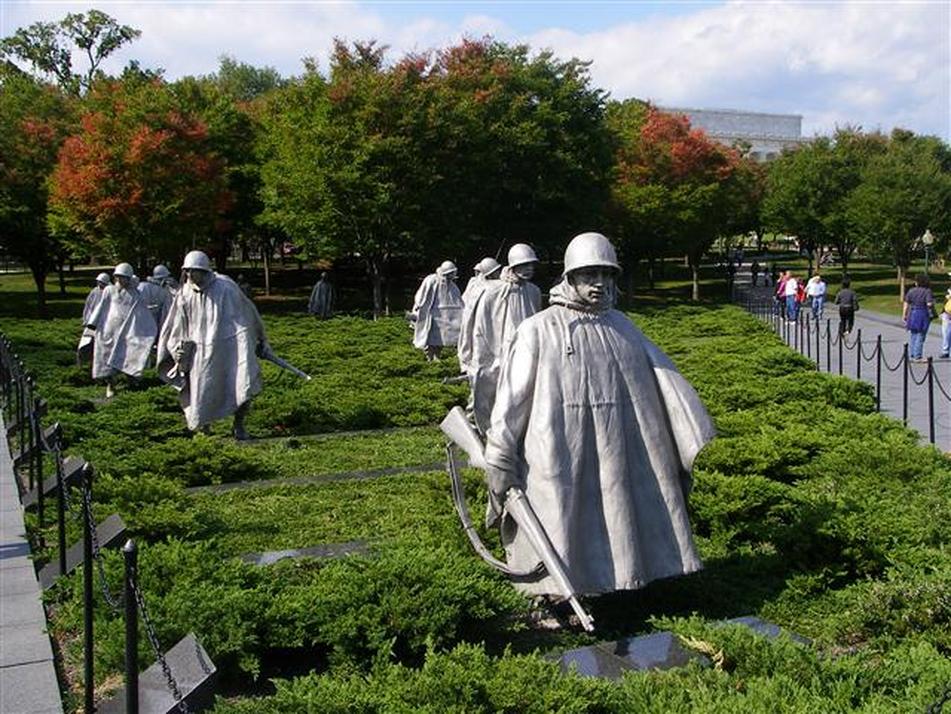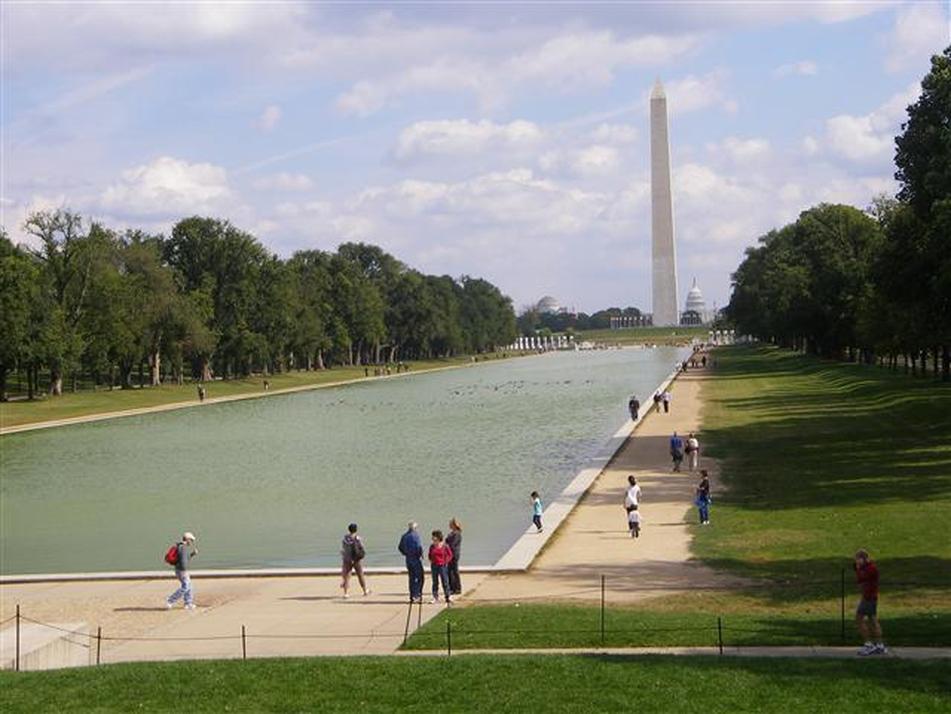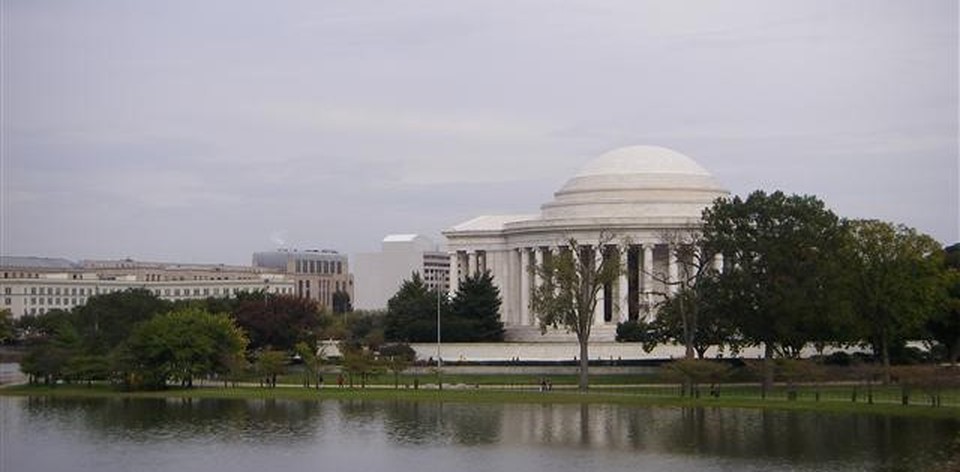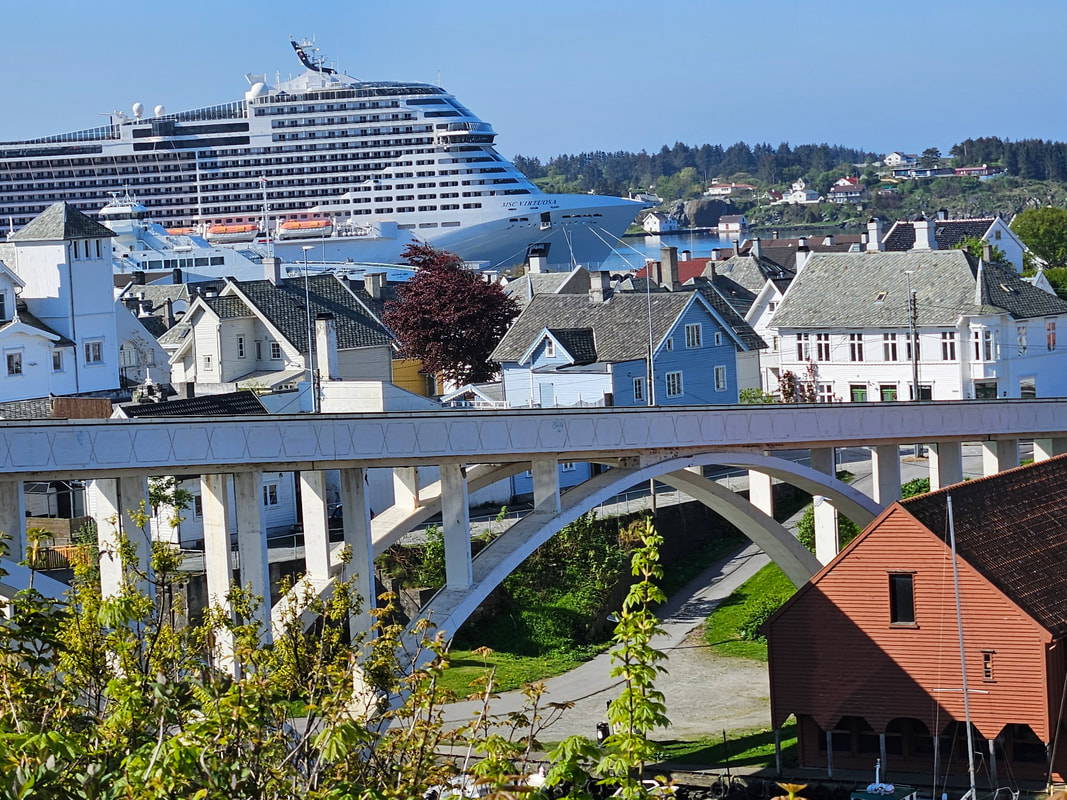WASHINGTON DC
We travelled by train down to Washington from New York . Staying one night at the Capital Hill suites . Which was fab. We were only in Washington DC for two days but had enough time to see what a wonderful city the capital was.
Washington, D.C., is a planned city. In 1791, President Washington commissioned Pierre (Peter) Charles L’Enfant, a French-born architect and city planner, to design the new capital. The L'Enfant Plan featured broad streets and avenues radiating out from rectangles, providing room for open space and landscaping. He based his design on plans of cities such as Paris, Amsterdam, Karlsruhe, and Milan brought from Europe by Thomas Jefferson in 1788. L'Enfant's design also envisioned a garden-lined "grand avenue" approximately 1 mile (1.6 km) in length and 400 feet (120 m) wide in the area that is now the National Mall.
We travelled by train down to Washington from New York . Staying one night at the Capital Hill suites . Which was fab. We were only in Washington DC for two days but had enough time to see what a wonderful city the capital was.
Washington, D.C., is a planned city. In 1791, President Washington commissioned Pierre (Peter) Charles L’Enfant, a French-born architect and city planner, to design the new capital. The L'Enfant Plan featured broad streets and avenues radiating out from rectangles, providing room for open space and landscaping. He based his design on plans of cities such as Paris, Amsterdam, Karlsruhe, and Milan brought from Europe by Thomas Jefferson in 1788. L'Enfant's design also envisioned a garden-lined "grand avenue" approximately 1 mile (1.6 km) in length and 400 feet (120 m) wide in the area that is now the National Mall.
The United States Capitol is the meeting place of the United States Congress, the legislature of the federal government of the United States. Located in Washington, D.C., it sits atop Capitol Hill at the eastern end of the National Mall. Though it has never been the geographic center of the federal district, the Capitol is the origin by which the quadrants of the District are divided and the city was planned.
The Washington Monument is an obelisk on the National Mall in Washington, D.C., built to commemorate George Washington, commander-in-chief of the Continental Army and the first American president.
The monument, made of marble, granite, and bluestone gneiss, is both the world's tallest stone structure and the world's tallest obelisk, standing 555 feet 51⁄8 inches (169.294 m). Taller monumental columns exist, but they are neither all stone nor true obelisks.
The National Mall is an open-area national park in downtown Washington, D.C., the capital of the United States. The National Park Service (NPS) administers the National Mall, which is part of its National Mall and Memorial Parks.
The monument, made of marble, granite, and bluestone gneiss, is both the world's tallest stone structure and the world's tallest obelisk, standing 555 feet 51⁄8 inches (169.294 m). Taller monumental columns exist, but they are neither all stone nor true obelisks.
The National Mall is an open-area national park in downtown Washington, D.C., the capital of the United States. The National Park Service (NPS) administers the National Mall, which is part of its National Mall and Memorial Parks.
The National Mall — the national park at the center of the city, surrounded by the white monumental buildings of the U.S. government, and containing an extraordinary collection of monuments, memorials, free museums, cherry blossoms, and pigeons.
East End — D.C.'s downtown cultural center, with the main theater district, more great museums, more than a few tourist traps, the Verizon Center, the Convention Center, Chinatown, and fine dining a la José Andrés.
West End — home to D.C.'s central business district, the White House, George Washington University, and the Kennedy Center.
Capitol Hill — starting at the Capitol Building and Library of Congress, and fanning out past grandiose Union Station into a quiet, historic neighborhood home to most of the Hill's congressional staffers and some nice restaurants on Barracks Row, and then extending out to RFK Stadium.
Waterfront — a booming neighborhood just south of the Mall, with an open-air waterfront seafood market within easy walking distance from the Mall, and the brand new home of the Washington Nationals at Nationals Park.
East End — D.C.'s downtown cultural center, with the main theater district, more great museums, more than a few tourist traps, the Verizon Center, the Convention Center, Chinatown, and fine dining a la José Andrés.
West End — home to D.C.'s central business district, the White House, George Washington University, and the Kennedy Center.
Capitol Hill — starting at the Capitol Building and Library of Congress, and fanning out past grandiose Union Station into a quiet, historic neighborhood home to most of the Hill's congressional staffers and some nice restaurants on Barracks Row, and then extending out to RFK Stadium.
Waterfront — a booming neighborhood just south of the Mall, with an open-air waterfront seafood market within easy walking distance from the Mall, and the brand new home of the Washington Nationals at Nationals Park.
D.C.is said to be the fittest city in the USA. Locals and visitors get a lot of exercise simply getting around the city! Even if you plan on taking the Metro, bus, or driving (not recommended) to get downtown, you will often find yourself walking, biking, or taking a pedicab for the remainder of the day.
Sad to say the only image we had of the White House had a huge Marquee in front of it. He didn`t even ask us over. The President was at home. Sorry to say he never came out to say hello
D.C.'s famous building height restrictions—no taller than the width of the street the building is on plus 20 feet—have resulted in a skyscraper-less downtown, giving D.C. a distinctly muted feel for what is actually the heart of a huge metropolis.
The National Air and Space Museum (NASM) of the Smithsonian Institution holds the largest collection of historic aircraft andspacecraft in the world in 161,145 square feet (14,970.9 m2) of exhibition floor space. It was established in 1946, as the National Air Museum, and opened its main building in 1976.

